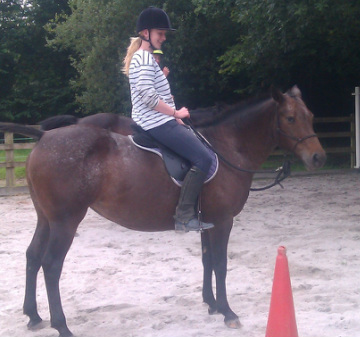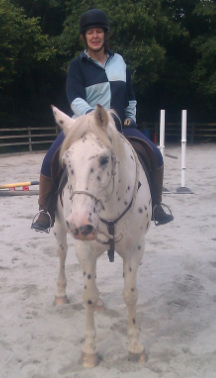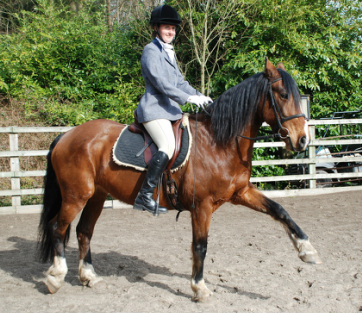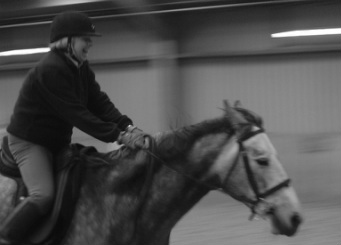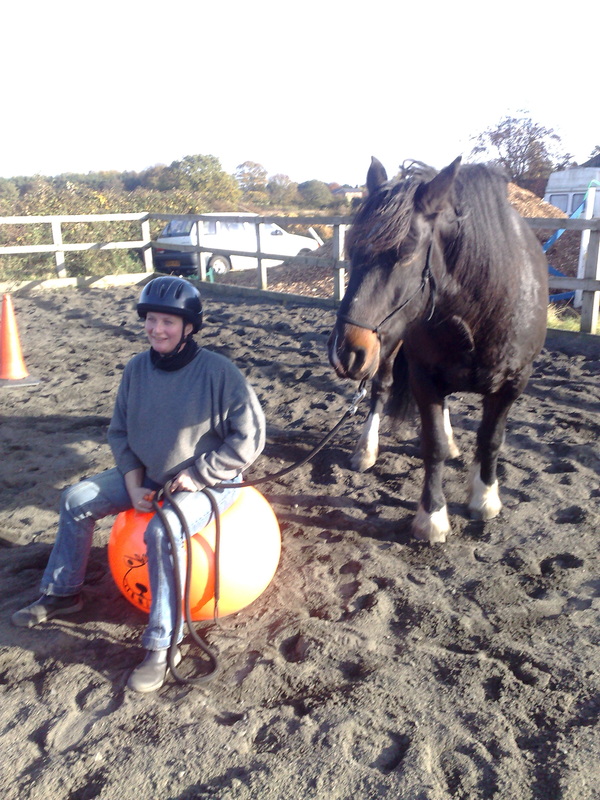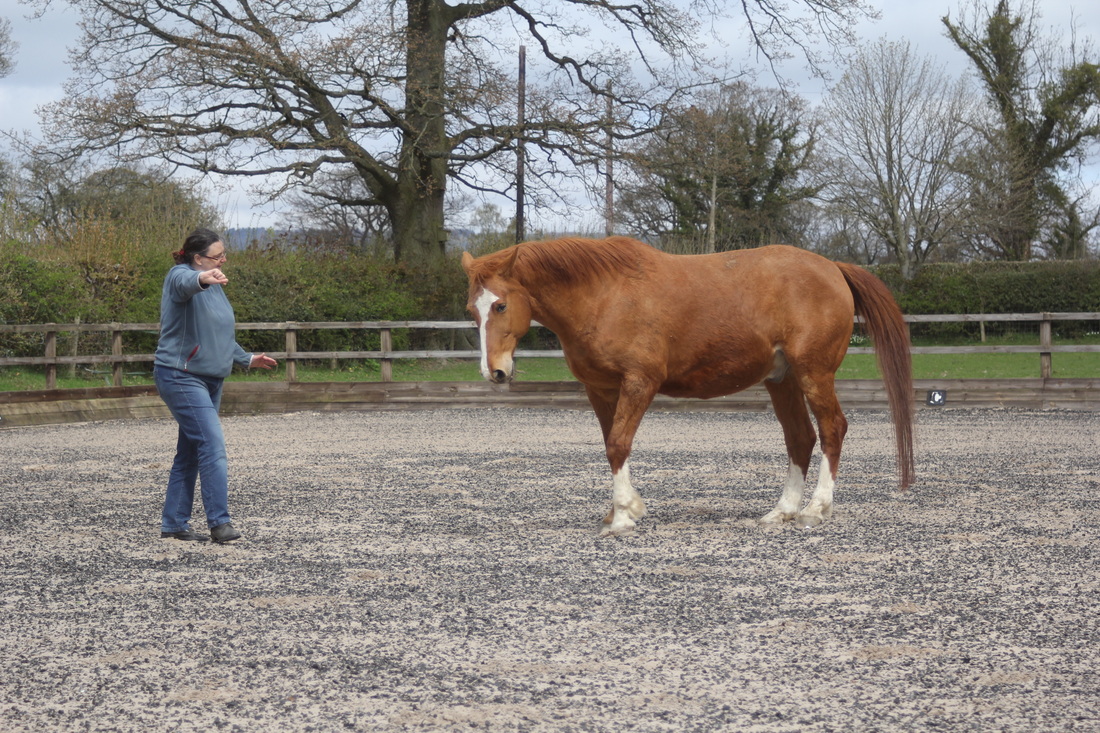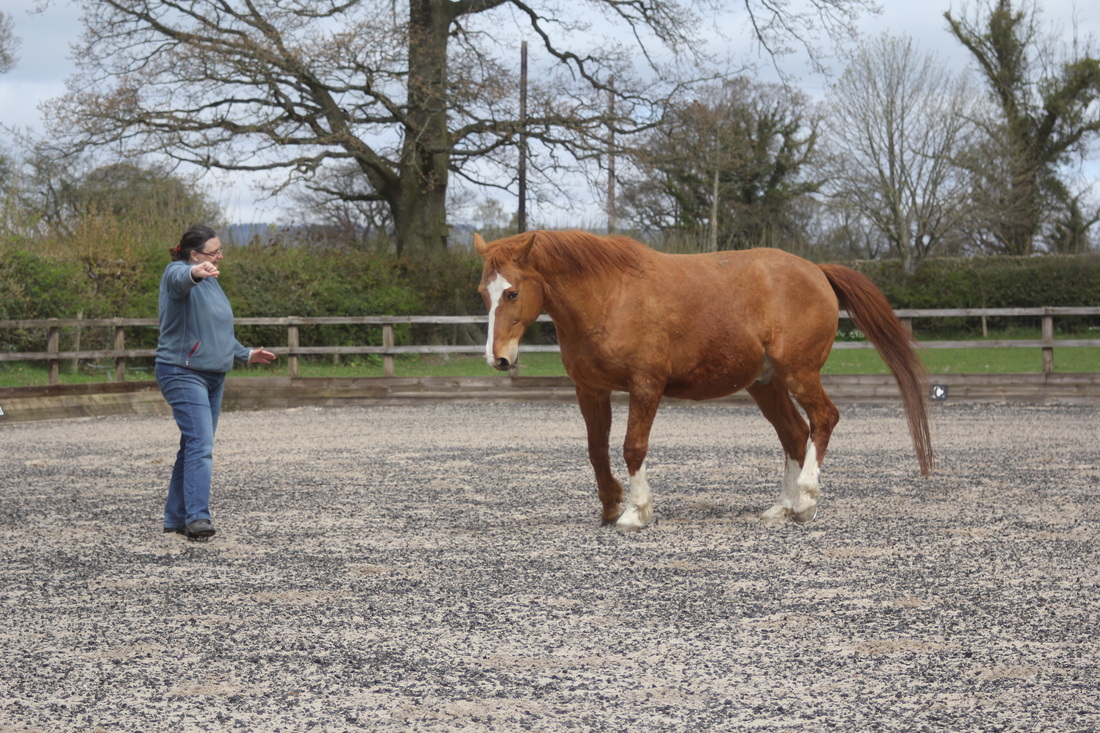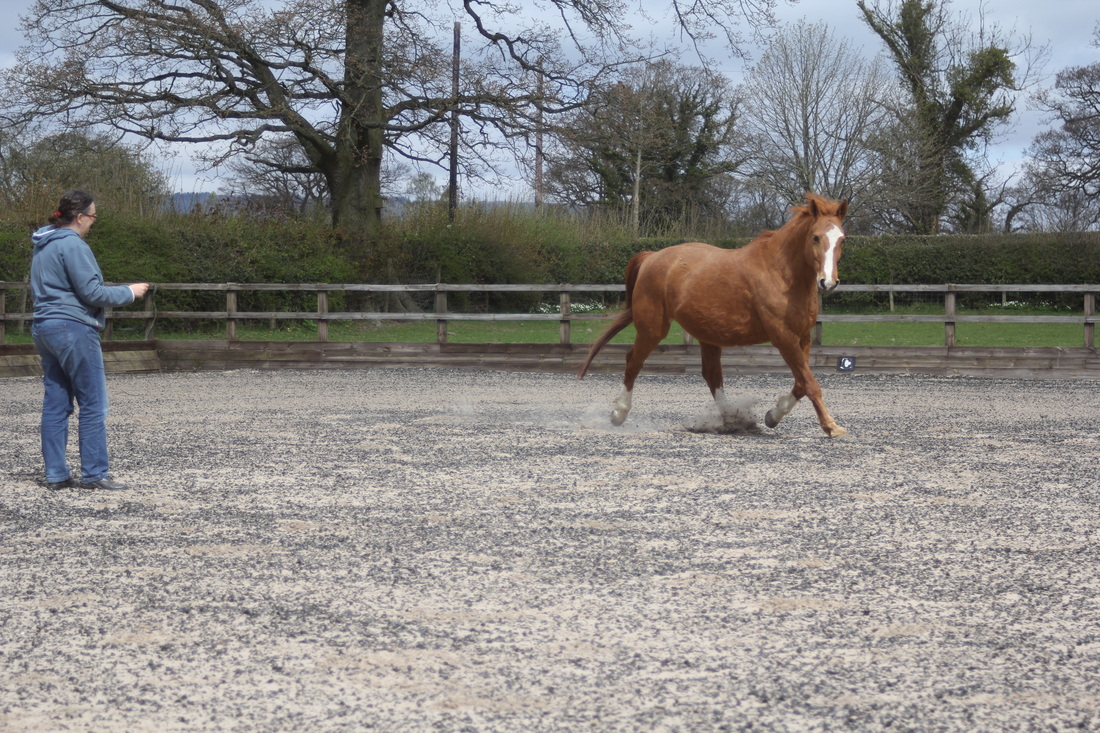Seven Essential Elements for Training Horses
|
|
Safety - can I carry this exercise out without putting myself or my horse in danger? How can I make it safe for me?
Expectation - I expect my horse to try and it is my responsibility to understand why if he doesn't - is he in pain? Is he confused? Is he scared? Is he not interested? Is he not connected to me? This takes practice! What you do in response depends on why your horse does not react in the way you intend. Movement - Can you move your horse forwards, backwards, up, down, left and right at a speed and direction of your choosing - this is part of keeping you safe. Quality - How does my horse use his whole body and mind throughout the movement? is there rhythm, balance, cadence, self-carriage? Build one step at a time, one cue at a time. Then one better quality step at a time. Softness - how light and elastic is the connection with my horse throughout the movement? Does he offer as much or as little as I ask without reaction or tightness? - remember that when you horse is learning heavy and elastic is better than light and tight! Consistency - this is the hardest because it requires good timing, a good eye and feel and a willingness to ask for more when my horse has already offered something good. It is the key to long term development of better musculature, self-carriage, confidence and elasticity in the horse. Joy - without enjoyment there is no expression for either the horse or rider/handler. It is sometimes better to simply have fun and start again than drill your horse into being push button, stiff and lifeless - nothing like a blast on the beach or just a giggle at yourself for taking things too seriously. Remember, throughout the process your horse is learning. Reward the tries, remember that when you have changed your expectations on quality, your horse is effectively learning again so remember to reward. As you and your horse get further along, ensure you don't throw everything away as a reward - it's a bit like putting the phone down on someone. A reward can be holding your poise within the movement, smiling, and simply saying thank you in your head! |
|
|
Contact Martha mob 07791 539458 email [email protected]
|
|

